Most cities are known for something, and for me, forever more, Lisbon will be known as the city of pastry! Is it all about the Pastel de Nata? Not at all, though I sure did enjoy my daily dose of nata :) If you haven’t already, please read Lisbon: The City of Pastry (Part 1). Pastries were everywhere in Lisbon. I’ve never seen so many pastry shops, pastelarias, and so many different kinds of pastries. The question became how to narrow it down to which ones to sample. I asked some born / raised / and still living in Lisbon friends to narrow it down for me. They suggested these four pastries: Tortas de Azeitão and Amêndoa, Mil Folhas, Jesuítas, and Pastéis de Tentúgal.
Every time I went into a bakery, I asked if they had these four so I could see what they looked like and perhaps try one. Before I tell you about each pastry, how I ranked them, and where I tasted them, here’s a bit of history about the egg-based pastry world of Portugal. It is fascinating and sets the scene for the pastry world you’re about to enter.
According to history, as I read on Milly’s Kitchen, “After colonizing Brazil and Madeira in the 16th century, Portugal began importing a steady stream of sugar (formerly a luxury destined only for the wealthy) from their plantations abroad. At this time, there happened to also be a large number of convents in Portugal using egg whites to starch their habits. All those elaborately starched wimples meant a lot of nuns with a lot of extra egg yolks. One of those nuns had the brilliant idea of combining the surplus egg yolks with the newly abundant sugar, and the classic eggy, sweet Portuguese convent pastry was born! Yet, despite the regional differences in pastry in Portugal, there is one common theme throughout every pastry in the country: egg yolk. Egg yolk is the magical ingredient that gave birth to Portugal’s famous pastry industry, with each region expressing their own innovative, unique and historical manner in which they use this one ingredient.”
Mil Folhas were easily available in every bakery. People compare it to an Italian napolean, though it has its origins in France, and it does indeed look similar. Many countries have their own napolean, and this is the Portuguese one. Mil Folhas has a creamy filling with a hint of vanilla in between layers of pastry. It also has a glazed topping of vanilla and sugar and a bit of chocolate, too.
Tortas de Azeitão and Amêndoa were also easy to locate. You’ll often see this pastry rolled. Torta de Azeitão is a traditional cake from Azeitão. Essentially it consists of eggs, and often has a taste of lemon and cinnamon. The cake part is like sponge cake. My favorite torta was Amêndoa. It turns out that the Tarte de Amêndoa, or Almond Tart, is one of the most popular desserts in Portuguese cuisine. If you like almonds, this one is for you! The flavor of chopped almonds combined with a sweet filling and a flaky crust makes for an unbelievable tart. It’s crunchy and light.
Jesuítas may seem simple at first and not look too impressive the first time you see them. A Jesuíta is a triangular, flake pastry filled with cream and usually topped with sliced almonds and powdered sugar. The name refers to the triangular shape of a Jesuit’s hat and the dessert, though French in origin, was brought to Portugal over a century ago by a Spanish pastry chef who is rumored to have worked directly with the Jesuit priests in Bilbao, Spain. In Portugal they use the egg-yolk filling, doce de ovos, which is a staple of Portuguese baking. Some varieties are topped with almonds or pumpkin, but the one I really loved was the coconut Jesuitas.
Unfortunately, I couldn’t find a bakery that had Pastéis de Tentúgal. They knew about the pastry, though. Pastéis de Tentúgal are Portuguese pastries that originated in Tentúgal, a tiny town halfway between Lisbon and Porto. These pastéis, invented by Carmelite nuns in the 16th century, are packets of thin, flaky pastry filled with a rich egg custard and dusted with powdered sugar. The Carmelites were especially inventive in dreaming up the Pastéis de Tentúgal. It seems that in addition to egg yolks, the sisters had a lot of time on their hands because the traditional version of the sweet involves hand-stretching a gigantic disk of dough into paper-thin sheets that are rolled around doce de ovos (a sort of egg and sugar custard) and baked.
Click Here for more information about the best way to save money on your hotel stays
Here’s my preference for these three pastries, though you really should make the rounds and try all three of these delicious treats: Jesuítas, Torta de Amêndoa, Mil Folhas. Also, make sure and look for the words fabrico próprio (roughly “made on site”) when you try a pastelaria. It’s usually proudly advertised. To say that there’s a strong history of pastelaria in Portugal dating back to the Middle Ages is an understatement. The Portuguese have made a religion out of pastry and I, for one, am a convert!
Have you been to Portugal and indulged in these amazing pastries? Which was your favorite?


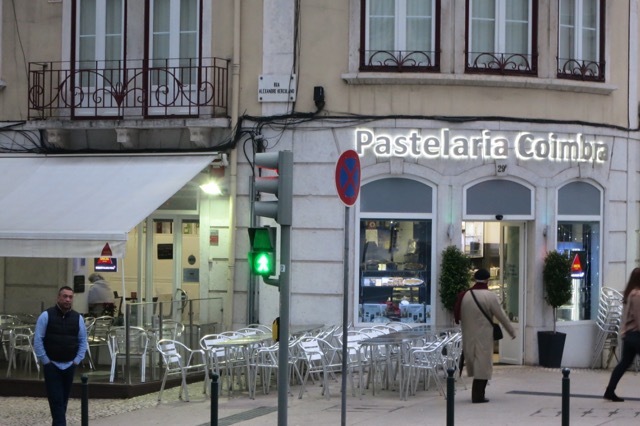
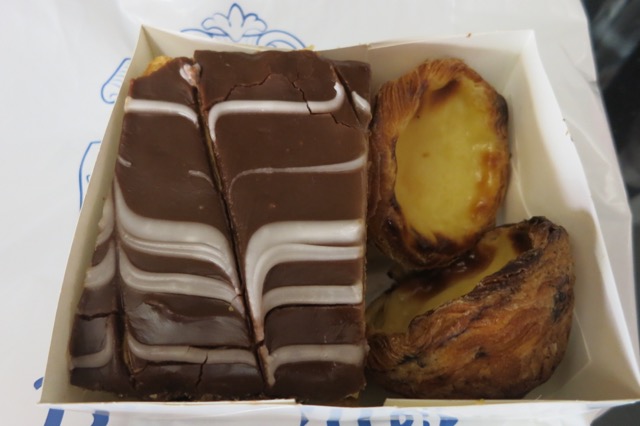
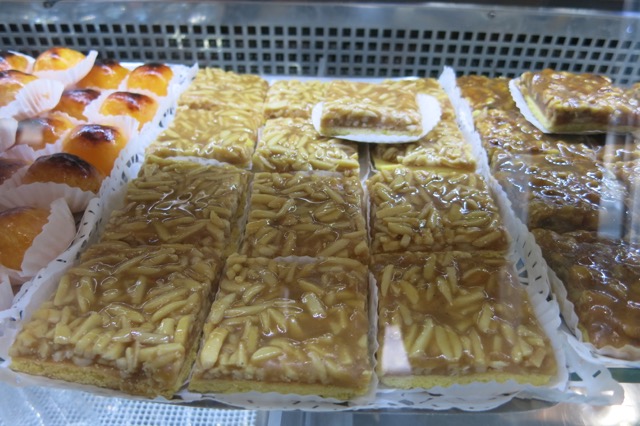
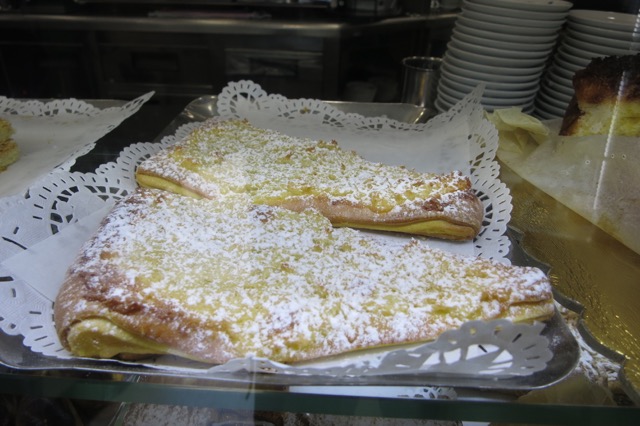
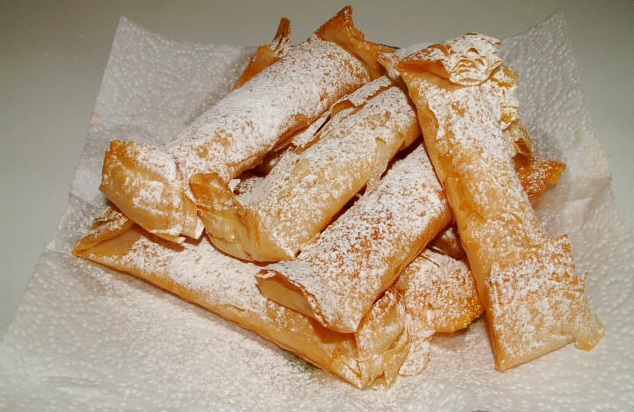
Pingback: Lisbon: The City of Pastry (Part 1)
Amazing post! Thanks, Shelli!
You’re most welcome! Glad you enjoyed it. Have a great weekend, Katrina.
Pingback: 9 Delicious Reasons Why You Should Visit Portugal
Pingback: 6 Things to See & Do in Lisbon (Besides Eating Pastries)